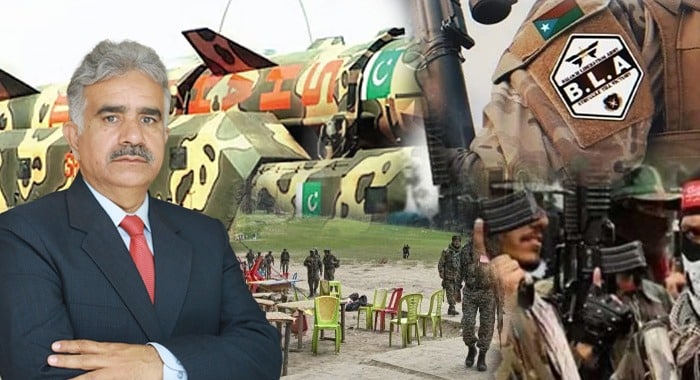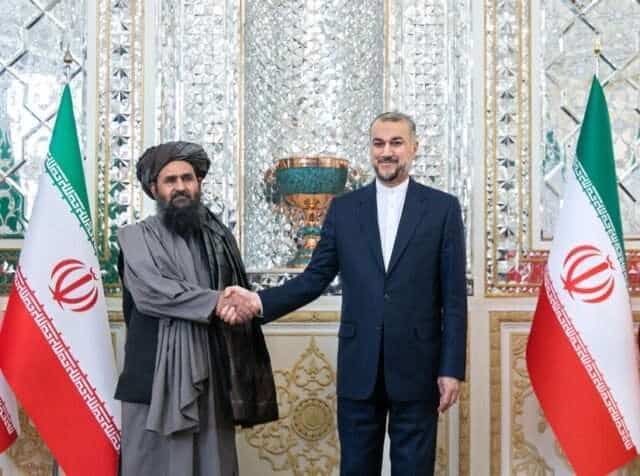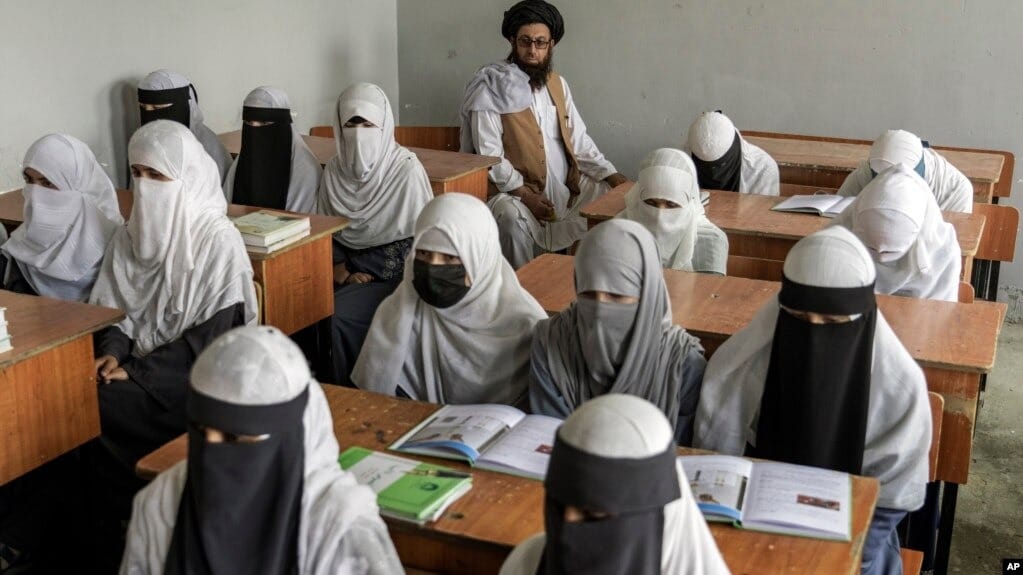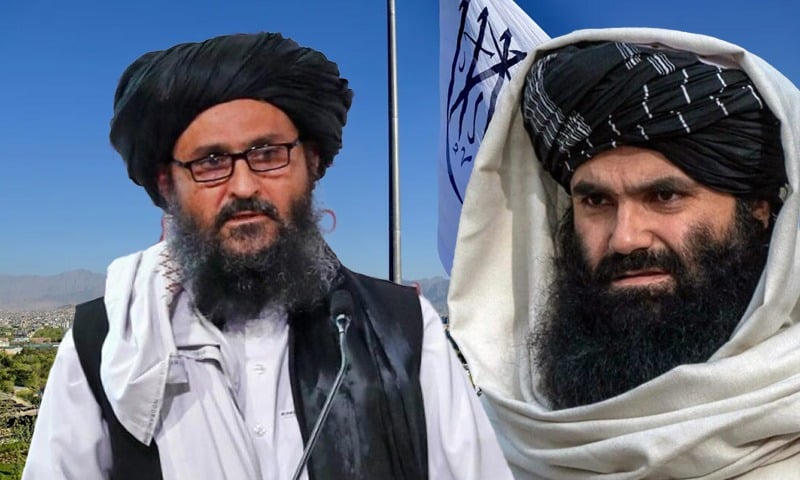This is not the first time India has resorted to indirect aggression against Pakistan. Following the recent Pahalgam incident, India did not launch a conventional attack from its eastern border, but its involvement in destabilising Pakistan is evidenced by two major developments. As Defence Minister Khwaja Asif revealed in a statement, India has been supplying IEDs, funding, and weapons to militant groups, aiming to orchestrate large-scale terror attacks.
According to the Defence Minister, major cities like Peshawar, Islamabad, Lahore, and Karachi were targeted in these plans, and militants infiltrated Pakistan through its western borders—particularly the tribal regions. In response, Pakistan carried out successful operations along the North Waziristan border and within Afghan territory, eliminating around 100 terrorists and seizing large quantities of arms including IEDs, RPGs, and hand grenades.
Just today, a strike was conducted in Bajaur, targeting a known terrorist hideout used for strategic planning. This reinforces the reality: India knows that a direct attack from the eastern front, whether through Punjab or across the Line of Control (LoC), would provoke strong retaliation from Pakistan. Instead, India continues its long-running proxy war, backing terror outfits like TTP, BLA, and others to carry out destabilising attacks.
What marks a significant change this time is improving coordination between Pakistan and Afghanistan. Recent diplomatic engagement, including a visit by Deputy Prime Minister Ishaq Dar to Kabul, resulted in a joint declaration: neither country will allow its territory to be used against the other. Sources confirm that intelligence sharing took place, which enabled Pakistan to eliminate approximately 70 militants attempting to cross the border. Such cooperation is critical to countering terrorism effectively.
Khwaja Asif and other Pakistani leaders have confirmed that India had planned to attack Pakistan but failed due to timely countermeasures. Though India may continue to use proxies, improved coordination with Afghanistan will make it increasingly difficult for these groups to operate.
This is not an isolated event. Groups like BLA, BNA, and TTP, all of which actively work against Pakistan’s interests, are supported by India and its intelligence agency RAW. Other global players hostile to CPEC and the broader Belt and Road Initiative (BRI) also align against Pakistan’s stability. Without internal peace, Pakistan cannot achieve economic stability—a fact India understands well. Thus, New Delhi continually seeks to portray itself as a victim (especially after incidents like Pahalgam) while branding Pakistan as a terrorist state and orchestrating terror attacks from the shadows to destabilise the country’s image internationally.
India is also pushing a diplomatic offensive against Pakistan. But these actions are rooted in deeper motivations. Domestically, Modi’s government is using incidents like Pahalgam as political stunts ahead of elections in states like Bihar. Internationally, India sees improving ties between Pakistan and Afghanistan—and Pakistan’s growing influence in the region—as a threat. India is losing strategic ground in Nepal, Bangladesh, and even Iran, where Pakistan has made recent progress, including joint announcements on counter-terrorism cooperation with Tehran.
Following the Pahalgam incident, Indian military and political circles began facing criticism. Reports indicate that Indian generals themselves questioned their army’s readiness for full-scale war with Pakistan. The removal of a senior Indian commander and escalating communal tensions within India’s armed forces—including incidents of Sikh soldiers being targeted—highlight cracks in morale.
Meanwhile, Pakistan’s armed forces, though numerically smaller and financially less robust, are better trained and strategically prepared. Pakistan’s entire deterrence structure—from conventional forces to its nuclear doctrine—is India-specific. As a smaller state facing a larger adversary, Pakistan had no choice but to develop nuclear capability to ensure its sovereignty.
India and its allies who wish to see Pakistan destabilised continue to support militant, anti-state actors—whether through financing, weapons, or amplifying propaganda via Indian and foreign media outlets. Groups like PTM and banned outfits such as TTP and BLA are glorified by Indian media. During incidents like the Jaffar Express attack, Indian news outlets seemed to have pre-arranged coverage, behaving more like propagandists than foreign observers.
Indian leaders openly speak about breaking Pakistan apart—threatening Balochistan, Gilgit-Baltistan, and even reclaiming Azad Kashmir. These statements are not mere rhetoric; they reflect policy. India uses Afghan proxies for cross-border infiltration and psychological warfare. While not all Afghans support this, certain groups operating from Afghan soil have clearly acted at India’s behest.
India’s strategy is three-pronged:
-
Water warfare: Threatening and attempting to sabotage the Indus Waters Treaty.
-
Terrorism: Funding and guiding militant groups.
-
Economic sabotage: Disrupting trade and investment by creating internal chaos in Pakistan.
Further, India’s transformation into an extremist Hindu nationalist state under Modi threatens not just Muslims, but all minorities. Churches, mosques, and gurdwaras are no longer safe. The RSS-led ideological shift aims to convert India into a mono-religious state. This is not just a danger to India’s minorities, but to regional peace.
Modi’s government may ultimately be remembered not for economic growth, but for steering India toward regional isolation and internal disintegration. The recent expulsion of Indian diplomats from Canada, following allegations of involvement in the murder of Sikh leaders, is a clear sign of international distrust.
Pakistan, despite all challenges, remains committed to peaceful defence. As reiterated by Deputy PM Ishaq Dar, Pakistan has never initiated war, but it will respond decisively to any aggression—be it aerial, ground, or nuclear. Pakistan’s missile systems like Hatf, Ghaznavi, and Zarrar are capable of targeting every major Indian city, including New Delhi and Kolkata. The doctrine is clear: if Pakistan’s existence is threatened, it will strike preemptively and decisively.
India must reconsider its strategy. If the region turns into a nuclear flash-point, the consequences will be devastating—not just for Pakistan and India, but for China, Iran, and the entire Asian continent.
While India may try to suspend trade, visas, and cultural exchanges, the economic impact on Pakistan is limited. It is India that stands to lose, especially as air routes and Indus water flows become tools of diplomatic retaliation.
In conclusion, India’s aggressive posturing, both internally and regionally, is pushing it toward a dangerous precipice. The Pahalgam incident—like Pulwama and Pathankot before it—raises more questions than answers. India’s own officers are now acknowledging internal failings, and if India continues down this path of hostility and misinformation, it may find itself isolated internationally and fractured domestically.





